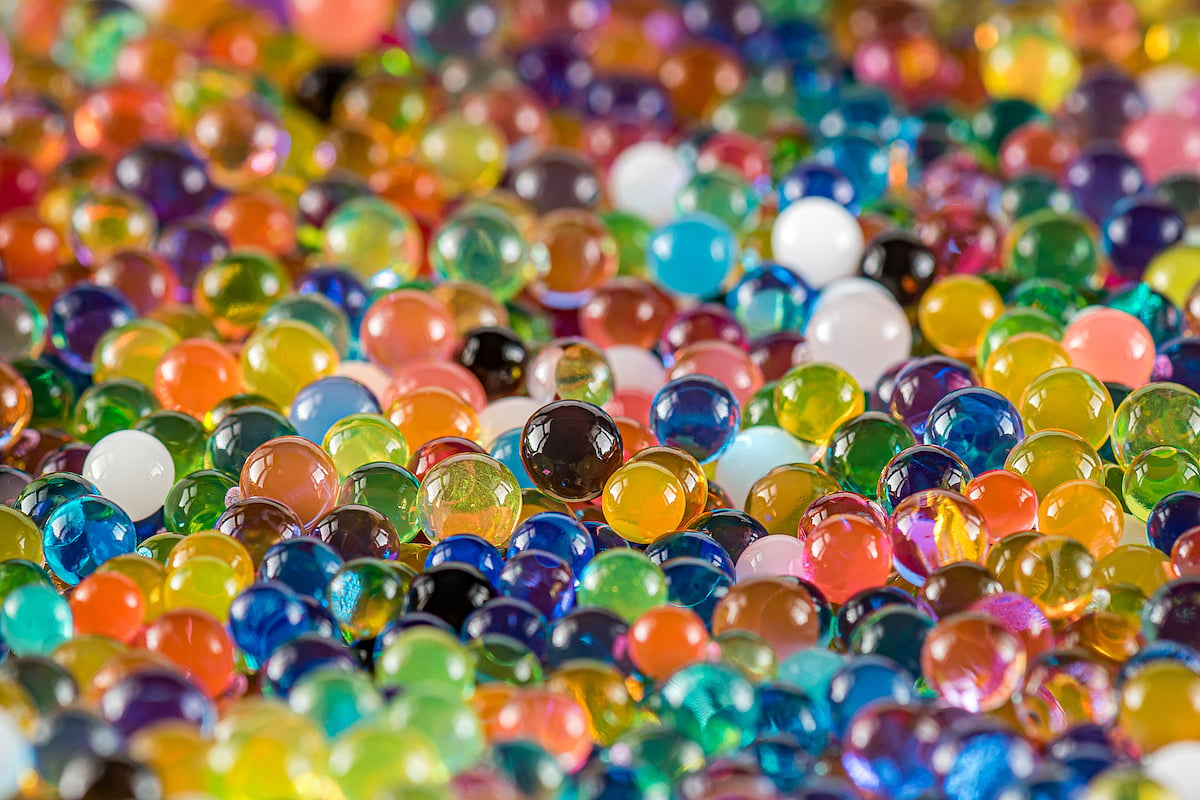to minimize exposure to our patients, especially those who are most susceptible to the virus.
Click here for updates on how we are serving our patients.
1115 South Ave West, Westfield, NJ 07090
(908) 233-2200 - (908) 233-3975 Vaccine Appointment Portal
Manténgase sano!

- Ernie Mundell
- Posted August 14, 2024
Child ER Visits Linked to Water Beads Doubled in One Year
Child safety experts have warned about the sometimes lethal dangers of toy water beads.
Now, a report finds a doubling in just one year of U.S. pediatric ER visits linked to the products.
“The number of pediatric water bead-related emergency department visits is increasing rapidly,†said study senior author Dr. Gary Smith, who directs of the Center for Injury Research and Policy at Nationwide Children’s Hospital in Columbus, Ohio.
“Although swallowing objects and putting them into an ear or the nose are common among children, water beads pose a unique increased risk of harm because of their expanding properties, and they’re hard to detect with X-rays," he noted in a hospital news release.
Water beads are made of a super-absorbent material that rapidly expands on contact with water. They're bought in the millions as decorations, child sensory products and gel projectiles for toy “gel blaster†guns.
Young kids don't understand the risk of ingesting a tiny water bead that can slowly expand within the digestive tract to cause a serious intestinal blockage, however. The beads can cause serious harm if pushed into a nose or ear, as well.
Parents may not understand the risks, either.
“Many parents are not aware that water beads can be harmful to children,†said Dr. Marcel Casavant, study co-author and physician at Nationwide Children’s.
“If children younger than 6 years or with developmental delays live in or visit your home, keep water beads out of your home and talk with your childcare directors, preschool teachers, therapists and others who may be using water beads with young children," he said.
The new study used data from the U.S. Consumer Product Safety Commission (CPSC), which has issued a myriad of public alerts on the dangers of water bead products.
That data showed a total of 8,159 visits to U.S. emergency departments from 2007 through 2022 for patients under the age of 20 who'd suffered harm from a water bead. In 55% of cases, those patients were under the age of 5.
ER visits linked to water beads increased rapidly, more than doubling (a 130% rise) from 2021 to 2022, the study found.
Kids swallowed a bead in 46% of these cases or put them in their ear or nose in 33% and 12% of cases, respectively. Eye injuries made up another 9% of cases.
In the majority (92%) of cases, the child was treated and released, Smith's team found. But of those who did require hospitalization, 90% were under 5.
Water beads are typically bought in packs containing tens of thousands of bead, making it likely that a stray bead might find its way into a corner where a curious toddler swallows it, since the bright-colored beads resemble candy.
Some attempts have been made to regulate bead manufacture and lessen potential harms. For example, the ASTM toy safety standard, ASTM F963, limits bead size to "the narrowest part of the gastrointestinal tract of a small 18-month-old child," Nationwide Children's noted.
However, “the current safety standard is inadequate,†Smith said. “Serious outcomes have occurred to children younger than 18 months, and one-fifth of the water beads swallowed in this study were among children younger than 18 months, with the youngest child being 7 months old. Therefore, using intestinal measurements for 18-month-olds is not adequate.â€
What's the real solution?
“To be successful, revisions of the ASTM F693 standard and other policy efforts should focus on the primary characteristic of water beads that makes them hazardous, which is their expanding nature," Smith said.
To that end, legislation introduced in the U.S. Senate in May 2024 would ban water beads that grow by 50% or more with hydration or expand to a size of 3 millimeters or larger.
At the same time, the CPSC has said it is contemplating a water bead ban, and many major retailers have ceased sales of the toys either in stores or online.
The new study will be published in the October issue of the American Journal of Emergency Medicine.
More information
Find out more about the dangers posed by water beads at the American Academy of Pediatrics.
SOURCE: Nationwide Children's Hospital, news release, Aug. 12, 2024








